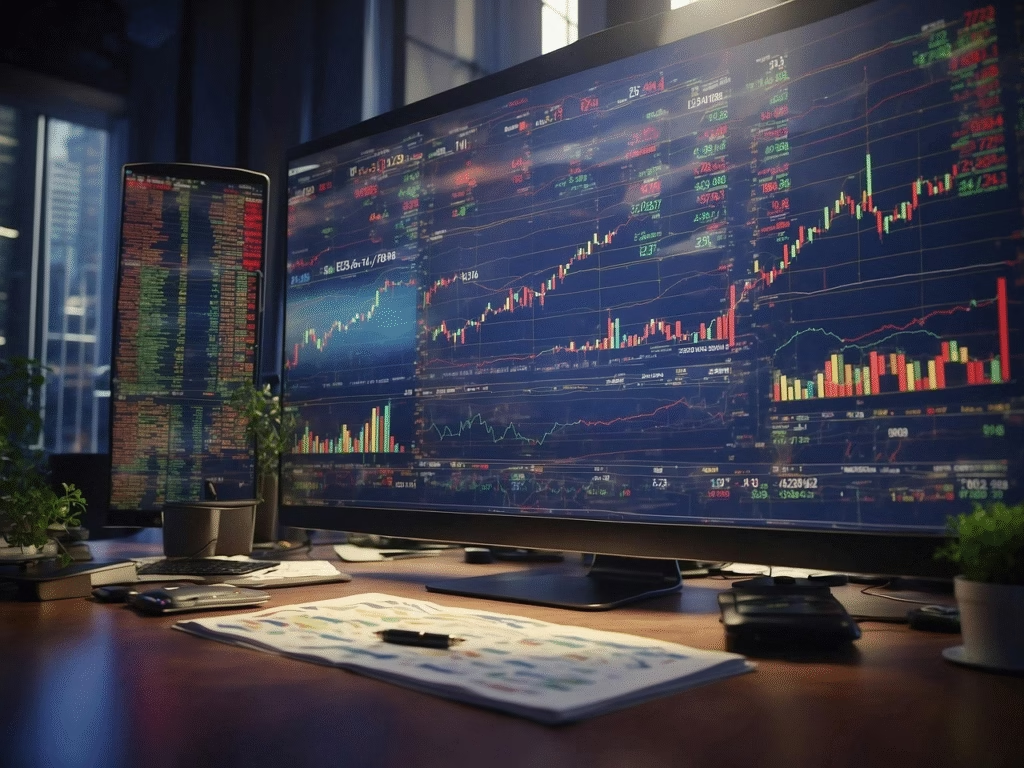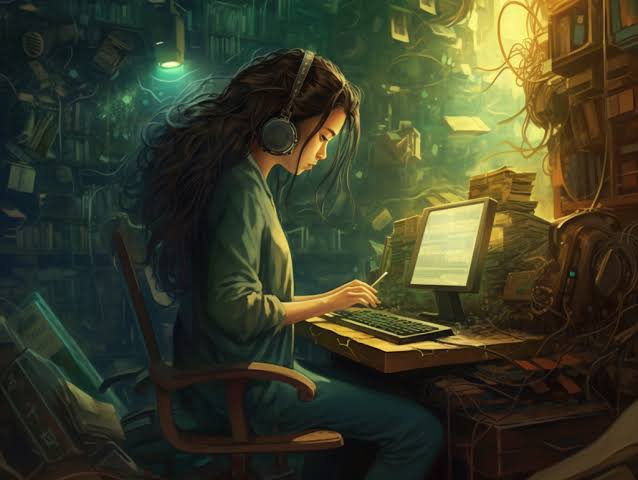The futures market has always been a reflection of human intuition, global trends, and economic foresight. But as artificial intelligence, automation, and real-time analytics continue to reshape financial systems, the question arises, what does the future of futures trading really look like?
Understanding the Changing Landscape of Futures
To understand where futures trading is heading, we first need to consider how it operates today. Futures contracts, agreements to buy or sell an asset at a predetermined price on a specific date, play a central role in commodities, currencies, and index markets.
They help traders hedge against risks, manage portfolios, and speculate on price movements. Traditionally, this was a game of human insight and experience. But in the digital era, algorithms and data analytics dominate decision-making. A critical aspect of this shift involves futures market hours, which historically defined when traders could act on opportunities.
Today, with 24-hour electronic platforms and automated systems, the old constraints of time zones are fading. Traders can access markets almost continuously, using AI to analyze global news, price movements, and sentiment across regions in real time. This evolution is paving the way for a world where the market never truly sleeps.
The Rise of AI in Futures Trading
Artificial intelligence is no longer a futuristic concept, it is already shaping how traders forecast and execute orders. AI algorithms can process enormous volumes of data, detecting subtle patterns in price movements, weather reports, and even social media chatter. In the futures market, where every millisecond can make a difference, machine learning models can anticipate trends and optimize entry or exit points automatically.
For instance, AI-powered predictive analytics can detect correlations between commodities like crude oil and currencies like the Canadian dollar. Instead of relying solely on human intuition, traders now depend on AI models to generate actionable insights, reducing emotional bias and enhancing consistency. Moreover, these systems improve continuously, learning from historical and real-time data to adapt to shifting market dynamics.
However, the adoption of AI comes with challenges. Model transparency and data integrity are critical concerns. If an algorithm misinterprets a trend or overfits to a specific dataset, it can lead to costly errors. This has prompted a growing interest in explainable AI, where models can clarify their reasoning processes, an essential step for regulatory compliance and trader trust.
Automation and the New Trading Ecosystem
Automation extends beyond AI to cover the broader infrastructure of trading. Automated systems execute trades faster than any human could, often based on pre-programmed strategies or algorithmic signals. This technology has democratized access to markets, allowing both institutional and retail traders to participate in high-frequency trading environments.
For futures markets, automation means that inefficiencies are quickly eliminated. When discrepancies arise between futures contracts and their underlying assets, algorithms instantly exploit them, keeping markets more stable and liquid. But this hyper-efficiency also raises new questions about volatility. When multiple algorithms react to the same trigger, such as an unexpected economic report or central bank announcement, the resulting cascade can cause sudden price swings known as “flash crashes.”
To mitigate these risks, exchanges and regulators are refining their oversight mechanisms. Circuit breakers, for example, temporarily halt trading during extreme market moves, allowing systems and traders to recalibrate. The balance between speed and stability remains one of the defining challenges of the automated futures era.
The Human Element, Still Relevant?
Despite automation and AI dominance, human traders remain vital. Emotional intelligence, adaptability, and ethical judgment are qualities machines cannot replicate. In times of crisis, such as sudden market collapses or geopolitical shocks, human decision-making often provides the context and restraint that algorithms lack. Many experts believe the most successful trading environments of the future will be hybrid systems, where human intuition and machine precision complement each other.
Traders who understand how to interpret and calibrate AI outputs will have a competitive edge. The role of the modern futures trader may shift from executing trades to supervising algorithmic performance, refining predictive models, and managing risk at a strategic level. In other words, technology will not replace humans, it will redefine their responsibilities.
Looking Ahead, The Next Decade of Futures
The next ten years of futures trading will likely bring deeper integration between technology and human intelligence. AI and automation will continue to push efficiency and data-driven decision-making, while real-time systems will make markets faster and more global than ever before. But regulation, transparency, and education will also need to evolve to keep pace with innovation.
As we look forward, one thing is clear, the future of futures is not about replacing traders but empowering them with smarter tools. Whether through predictive AI models, blockchain-enabled transparency, or real-time execution systems, the goal remains the same, reducing uncertainty, managing risk, and capturing opportunity in an increasingly interconnected world.
Conclusion
The future of futures trading lies at the intersection of human expertise and technological innovation. AI and automation will continue to reshape how markets function, but success will depend on how effectively traders, regulators, and developers collaborate to harness these tools responsibly. As the line between human and machine decision-making blurs, the traders of tomorrow must learn to think faster, act smarter, and adapt continually, because in the new era of real-time trading, the market never waits.



